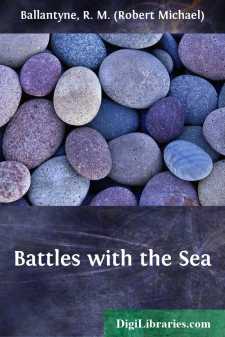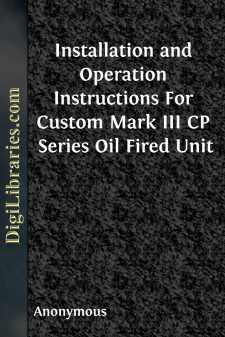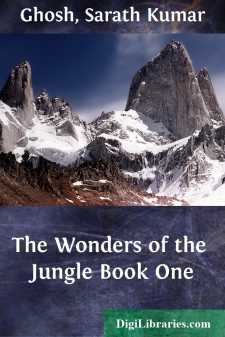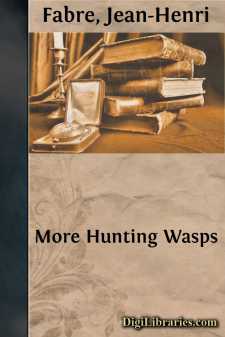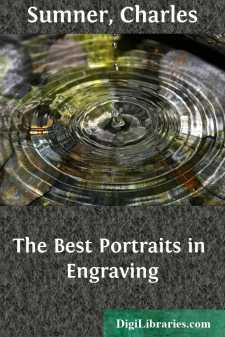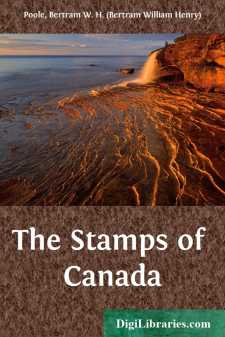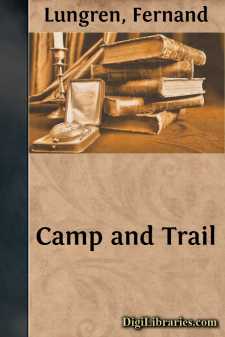Non-Classifiable
- Non-Classifiable 1768
Non-Classifiable Books
Sort by:
CHAPTER I ON WAGNER CRITICISM A new work on Wagner requires some justification. It might be urged that, since the Meister has been dead for some decades and the violence of party feeling may be assumed to have somewhat abated, we are now in a position to form a sober estimate of his work, to review his aims, and judge of his measure of success. Such, however, is not my purpose in the following pages. I...
more...
Heroes of the Lifeboat and Rocket. Skirmishes with the Subject Generally. It ought to be known to all English boys that there is a terrible and costly war in which the British nation is at all times engaged. No intervals of peace mark the course of this war. Cessations of hostilities there are for brief periods, but no treaties of peace. “War to the knife” is its character. Quarter is neither given...
more...
by:
John Abercrombie
NATURE AND IMPORTANCE OF THE SCIENCEOF THE MORAL FEELINGS. Man is to be contemplated as an intellectual, and as a moral being. By his intellectual powers, he acquires the knowledge of facts, observes their connexions, and traces the conclusions which arise out of them. These mental operations, however, even in a high state of cultivation, may be directed entirely to truths of an extrinsic kind,—that...
more...
by:
Selwyn Brinton
n considering the work of one of the greatest of the masters of the Renaissance, we have to go further back than the disputed question as to who was the first teacher of Pietro di Cristofano Vannucci—surnamed by his contemporaries "il Perugino," the Perugian—and to inquire into the more interesting story of his predecessors in that wonderful School of Umbria, on which his art puts, in a...
more...
by:
Anonymous
GENERAL The Custom Mark III CP Series Oil Fired Unit is a high quality heating unit that will provide many years of comfortable and economical heat if properly installed and given proper care. It is IMPORTANT therefore that these instructions should be followed carefully. SHIPMENT The unit is completely assembled at the factory except for the following parts which are packed in a separate carton and...
more...
PREFACE One of the great thinkers of the world has said that all the sciences are embodied in natural history. Hence natural history should be taught to a child from an early age. Perhaps the best method of teaching it is to set forth the characteristics of animals in the form of a narrative. Then the child reads the narrative with pleasure and almost as a story, not as a tedious "lesson." I...
more...
by:
Jean-Henri Fabre
CHAPTER 1. THE POMPILI. (This essay should be read in conjunction with that on the Black-bellied Tarantula. Cf. "The Life of the Spider," by J. Henri Fabre, translated by Alexander Teixeira de Mattos: chapter 1.—Translator's Note.) The Ammophila's caterpillar (Cf. "The Hunting Wasps," by J. Henri Fabre, translated by Alexander Teixeira de Mattos: chapters 13 and 18 to 20;...
more...
by:
Charles Sumner
THE BEST PORTRAITS IN ENGRAVING. Engraving is one of the fine arts, and in this beautiful family has been the especial handmaiden of painting. Another sister is now coming forward to join this service, lending to it the charm of color. If, in our day, the "chromo" can do more than engraving, it cannot impair the value of the early masters. With them there is no rivalry or competition....
more...
Introduction. Canada was originally the French colony of New France, which comprised the range of territory as far west as the Mississippi, including the Great Lakes. After the war of independence it was confined to what are now the provinces of Quebec and Ontario—then known as Upper and Lower Canada. At the confederation (1867) it included only these two provinces, with New Brunswick and Nova...
more...
by:
Fernand Lungren
CHAPTER I THE WILDERNESS TRAVELERThe First QualificationMANY people have asked me what, all things considered, is the most valuable quality a wilderness traveler can possess. Always I have replied unhesitatingly; for no matter how useful or desirable such attributes as patience, courage, strength, endurance, good nature, and ingenuity, may prove to be, undoubtedly a man with them but without the sense...
more...



